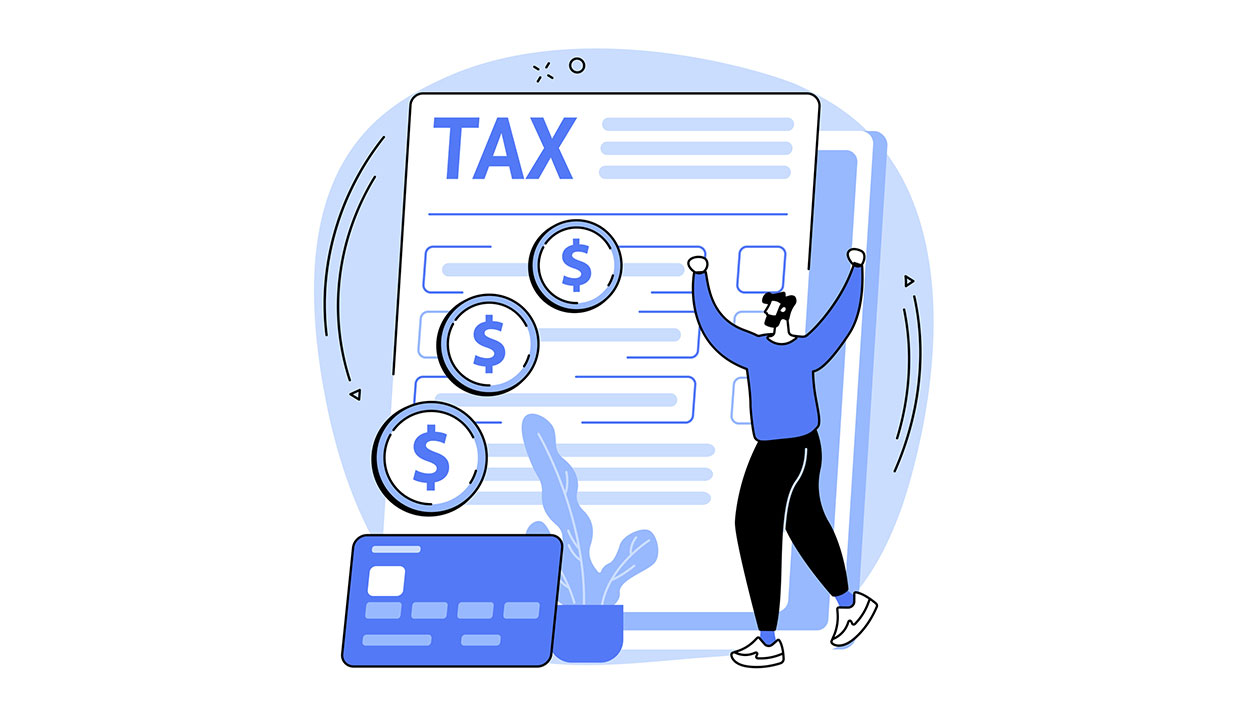ATO gets sharp on R&D Tax refunds for software development

The Australian Tax Office has signalled changes to the R\&D Tax incentive for software development — which really goes to the heart of what it means to be technically innovative.
Let’s have a look at the recent history of the R\&D Tax Refund, and how it’s changing and what this means for your technical innovation.
Important to know up front — we’re not tax agents, accountants or lawyers. And if you decide to go for a R\&D Tax Incentive you should certainly seek the advice of those guys. But in our domain of building brilliant innovative technical developments we bump into the R\&D Tax Incentive pretty frequently and we have seen it work for many of our clients.
So what is the R\&D Tax Incentive and where did it come from?
The R\&D Tax Incentive has undergone many changes since it started in the 1980’s. The latest version released in 2011, offers small and medium sized firms a 43.5% refundable credit on R\&D expenditure; and large firms a 38.5% non-refundable credit on R\&D expenditure, to a cap of $100 million.
For a start-up a refundable tax credit may mean a cash refund to help with your next phase of development.
Importantly — the tax credit is only valid for expenses relating to R\&D expenditure.
What is R\&D expenditure?
This is the area of ATO’s latest attention. R\&D activities must be those experimental ideas you build, test and refine. You can’t really know if or how they will perform before you build them and test them.
In an AFR article, Michael Bailey confirms that “The ATO fears a lot of that expense has been inappropriately registered”.
The article explains the difference between real technical innovation and commercial risk. With a warning the ATO is looking more closely at companies claiming the generous tax benefit to make sure they are really taking technical risks or simply commercial ones.
The definition of a true technical risk is developing code that solves a business problem and uses experiments to see if it works. Importantly the outcome can’t be know by a professional until it is built and tested. The process is iterative so that refinements and tweaks can be made rapidly. Knowledge and IP is the byproduct.
We can only assume that the Tax Incentive will only be available to companies that can clearly demonstrate this.
What isn’t R\&D Expenditure
R\&D expenditure is not as simple as beta testing your App to see if there is a market. True technical innovation can’t be achieved using plug-and-play template sites and platforms. True technical innovation rarely happens quickly — rather it’s an going set of experiments and refinements to constantly innovate and stay ahead.
Here’s another gotcha — It’s also unlikely to encompass the entirety of a software development process. Bug testing, Beta testing. UAT, Data Migration are of course important but not innovative. The ATO are clearly making that distinction.
Sounds too hard?
Think of your software as one of the “moats” around your business. Flip the problem around — if you are investing to build your business/software, and you’re not innovating, how will your business be sustainable?
https://www.ato.gov.au/Business/Research-and-development-tax-incentive/
R\&D grants can help offset the cost of development. But you need to make sure you're actually innovating.
Ben Still
-
27 Mar 2018



